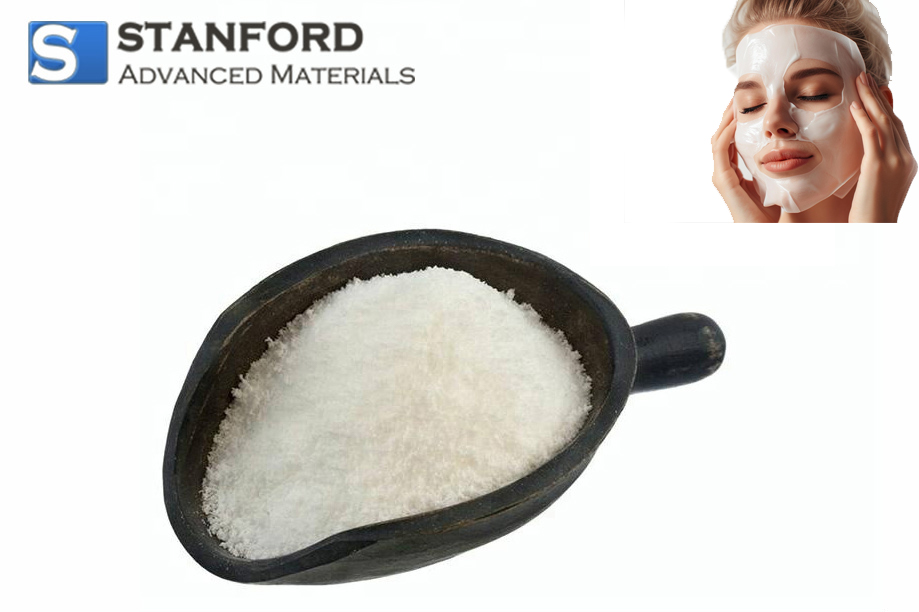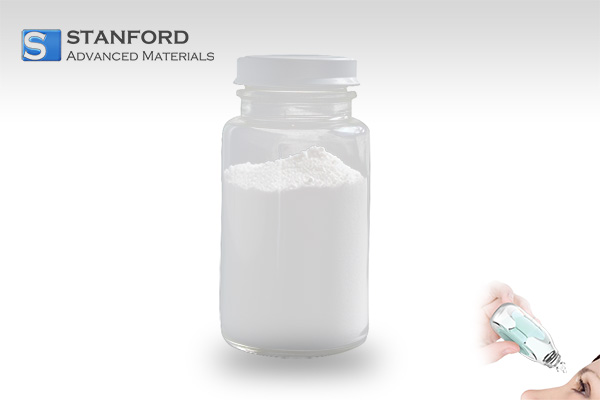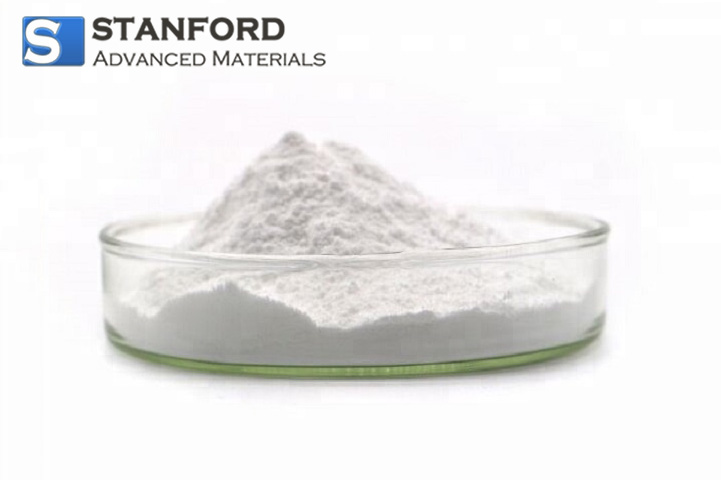Pure Food-Grade Hyaluronic Acid Powder Middle Molecular Weight 800-1,600 KDa (HAF-M-SC) Introduction
Edible hyaluronic acid has some unique properties and functions, such as water retention, lubrication, viscosity, and good biocompatibility, so HA is widely applied to cosmetics, health food, beauty filing operations, pharmaceutics, etc.
The higher the molecular weight and concentration are, the slower the dissolution velocity will be.
Pure Food-Grade Hyaluronic Acid Powder Middle Molecular Weight 800-1,600 KDa (HAF-M-SC) Features
Our natural Food-Grade Hyaluronic Acid is manufactured by fermentation with Streptococcus Equi, subsp. Zooepidemicus. It is non-animal sourced, non-GMO, and non-BSE/TSE risk. The raw source includes peptone, glucose, yeast extract, and other raw materials.
We guarantee the HA powder is non-animal derived, Vegan, and adheres to kosher standards. Our production is strictly managed according to ISO 9001 and GMP standards and has been Kosher and Halal certified. It is a safe natural ingredient.
SAM supplies customized Pure Food-Grade Hyaluronic Acid Powder. HAF-C-SC and other tailored HA products have customizable molecular weights. These variants offer versatility and fine-tuned control over their molecular properties for various purposes.
Pure Food-Grade Hyaluronic Acid Powder Middle Molecular Weight 800-1,600 KDa (HAF-M-SC) Functions
Natural Hyaluronic Acid for dietary supplements offers multiple benefits for joints and the body.
- Restore skin moisture
- Antioxidation
- Improve joint health, particularly benefit knees and address osteoarthritis
- Improve bowel function and protect the gastric mucosa
- Provide hydration, retain moisture, and form a protective barrier on the skin's surface
Pure Food-Grade Hyaluronic Acid Powder Middle Molecular Weight 800-1,600 KDa (HAF-M-SC) Flow Chart
The sodium hyaluronate(Hyaluronic Acid Sodium salt) manufactured by Stanford Advanced Materials is a fermentation source. See our production flow chart.
Pure Food-Grade Hyaluronic Acid Powder Middle Molecular Weight 800-1,600 KDa (HAF-M-SC) TDS(Technical Datasheet)
|
Items
|
Specifications
|
|
Appearance
|
White or almost white powder or granules
|
|
Identification
|
A. Reaction of alkaline cupric tartrate
|
Positive
|
|
B. Reaction of sodium
|
Positive
|
|
Particle size
|
Pass through a 60-mesh sieve
|
|
pH (5mg/mL solution)
|
6.0-8.0
|
|
Bulk density
|
0.3-0.6g/cm3
|
|
Loss on drying
|
≤10.0%
|
|
Ash
|
≤13.0%
|
|
Limiting viscosity
|
Measured values
|
|
Molecular weight
|
800-1,600 KDa
|
|
Protein
|
≤0.1%
|
|
Heavy metals
|
≤20ppm
|
|
As
|
≤2ppm
|
|
Sodium hyaluronate
|
≥91.0%
|
|
Glucuronic acid
|
≥44.0%
|
|
Bacterial counts
|
≤500cfu/g
|
|
Mold and Yeast
|
≤100cfu/g
|
|
Escherichia coli
|
Negative
|
|
Staphylococcus aureus
|
Negative
|
|
Salmonella
|
Negative
|
Pure Food-Grade Hyaluronic Acid Powder Middle Molecular Weight 800-1,600 KDa (HAF-M-SC) Applications
Hyaluronic Acid for supplement use boosts a wide array of products, supporting both dietary intake and overall health.
Common food: beverage, jelly, dairy products, etc.;
Health food: usually in combination with Collagen, Vitamins, Chondroitin Sulphate, or Glucosamine to make tablets, capsules, or oral liquids these popular forms
Pure Food-Grade Hyaluronic Acid Powder Products
|
Main Product
|
Item No.
|
Specification
|
|
Food Grade
Hyaluronic Acid
|
HAF-Micro-SC
|
M.W: <5 K Da
Ultra Low Molecular Weight
|
|
HAF-Oligo-SC
|
M.W: 5-10 K Da
Low Molecular Weight
|
|
HAF-N-SC
|
M.W: 200-600 K Da
|
|
HAF-L-SC
|
M.W: 100-1,000 K Da(800 KDa)
|
|
HAF-M-SC
|
M.W: 800-1,600 K Da
Middle Molecular Weight
|
|
HAF-H-SC
|
M.W: >1,800 K Da
High Molecular Weight
|
|
HAF-C-SC
|
Customized Molecular weight
|
Related articles:
Hyaluronic Acid for Osteoarthritis
2 Different Ways to Produce Hyaluronic Acid and Its Applications










